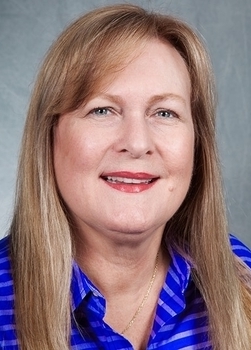It happened last week, as it has many times before. “It,” in this case, is the random outcome of a mock jury project that surprises the clients most of all. The scenario was as follows: we were engaged to conduct mock jury research using 4 panels of mock jurors to deliberate to a verdict. The arrangement involved a group of people who were convened in the morning and another group in the afternoon. Each group heard the case presentation, testimony of witnesses, received jury instructions and were then divided into 2 panels to deliberate. So, 4 panels, 4 verdicts total by the end of the night. This is a common methodology for us. With no voir dire in the process, the jurors are randomly divided into deliberating groups after the presentations. Then, the fun begins, when we watch them work through a verdict form. The surprising result, at least to the client, was, in both the morning and afternoon sessions, one group reached a verdict in favor of the plaintiff and the other group, which heard the exact same presentation, did the opposite and rendered a defense verdict. We at Magnus don’t find this particularly surprising because we are aware that this happens with some regularity; it is the reason that we recommend 4 groups over 2 or 6 over 4, etc. The greater the numbers, in terms of groups and of mock jurors, the more powerful the results become. The old adage, “there is safety in numbers” holds true in mock jury research. It is often difficult for clients to understand this in advance, especially those who have not participated in a mock trial previously. And, regardless of what happens with the verdicts, our real work begins afterwards. Collecting the data is only the start.
I have had the opportunity to observe thousands of mock jurors deliberate and, although I do not know in advance what their decisions will be, I know enough to realize people are not always who they appear to be. I have spent countless time watching and listening to people make decisions, including mock jury deliberations that result in a verdict. Many attorneys, in contrast, have little or no experience observing the social psychological processes involved in group or individual decision making; that’s why they rely on someone like me to assist them in fine tuning their case strategies. Because attorneys are not particularly adept in understanding human behavior, they are often perplexed when verdicts are vastly different between or among mock juries when they have been presented with identical information about the case. This phenomenon is quite common and provides an interesting “teaching opportunity” for me with my clients. Given that we do not know anything about the mock jurors when they arrive for our research activity, it is impossible to know whether they are the type of people who will favor one side of the case or the other. And, because our clients must present their cases to all of the mock jurors, regardless of who they are and what their attitudes, values, beliefs, personality characteristics, and life experiences may be, unlike in an actual trial which involves voir dire, there is no way for them to know anything about them either. This being the case, it should come as no surprise that people who are randomly assigned to participate in 1 of 2, 3, 4, or more groups often reach different conclusions. But it does surprise our clients, who often use stereotypes to predict how individual jurors will react to their case. In that the goal of mock jury research is to help attorneys win their cases, it is an integral part of my job to analyze the surveys completed by the mock jurors, as well as the content and course of their deliberations, to determine what type of person is likely to favor one side of the case or the other. This is hard work, based on my education as a social psychologist, my experience as a trial consultant, and my expertise in interpreting complex data. Attorneys (as well as most people) may not know why people do the things they do, but they rely on me to know; it’s my job.



Comments are closed.